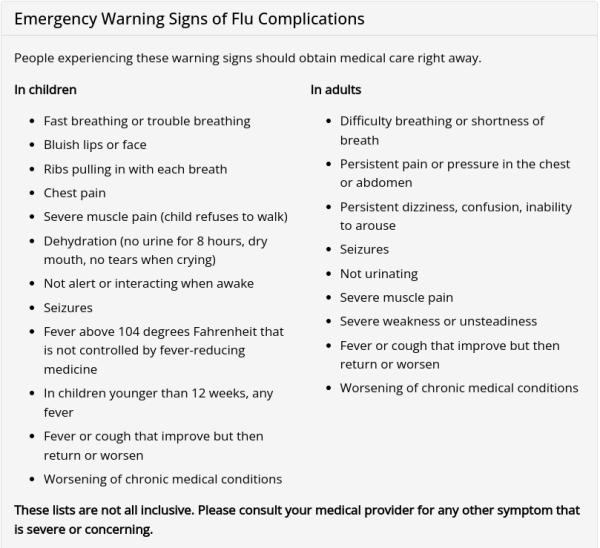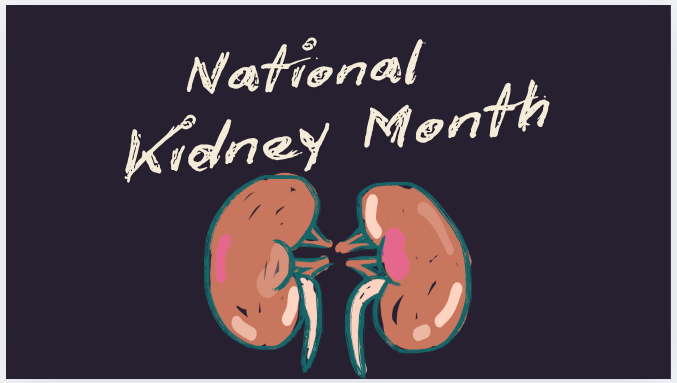In 1918 a terrible plague hit the U.S and killed nearly 50 million people. That was the Influenza Pandemic. Today I will be telling you about the symptoms, the history and current day treatments.
Influenza is a virus that can cause fever, chills, cough, sore throat, runny nose, body aches, headaches, fatigue, vomiting and diarrhea. When getting the flu/ influenza other complications are common such as an ear infection, sinus infection, and pneumonia. It can also make chronic diseases worse like asthma for example. One with influenza and asthma may experience some asthma attack. Some people have higher risks than others. The CDC says, “Anyone can get sick with flu, even healthy people, and serious problems related to flu can happen to anyone at any age, but some people are at higher risk of developing serious flu-related complications if they get sick. This includes people 65 years and older, people of any age with certain chronic medical conditions (such as asthma, diabetes, or heart disease), pregnant people and children younger than 5 years, but especially those younger than 2 years old.” Bellow is a chart of when to seek emergency medical attention.

Now let’s get into some history! Influenza came to the United States around the year 1918. It is presumed to have traveled here from Chinese and Vietnamese workers/ immigrants. This flu originated from wild waterfowl and swine. The LA County Department of Public Health stated, “Flu is a respiratory illness in various animals. Influenza viruses affect several different animals, such as; horses, cats, dogs, birds, swine, and people. It is contagious and spreads rapidly among susceptible animals.” Influenza killed more people in the 1918 pandemic than people killed in World War I.
Today influenza is among the most common viruses, but that doesn’t make it any less dangerous. Nowadays we have vaccines to help and more advanced treatments than in 1918. Antiviral drugs can be prescribed, but other than that lots of rest and plenty of fluids are the best route for treatment.












